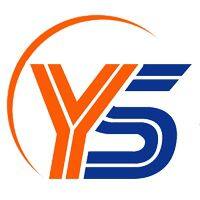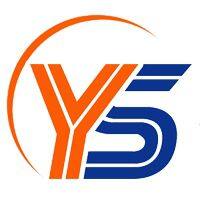-
 Liu
Hi there! Welcome to my shop. Let me know if you have any questions.
Liu
Hi there! Welcome to my shop. Let me know if you have any questions.
Your message has exceeded the limit.

How to distinguish yarn quality and select fiber testing instruments
2025-07-19 08:48:36The quality of yarn and fibers directly impacts the performance and durability of textiles. Therefore, accurate quality assessment and proper selection of testing instruments are crucial. This article will detail key quality indicators for yarns, evaluation methods, and provide a practical guide to selecting fiber testing equipment, helping businesses and laboratories make informed decisions.
I. Key Quality Assessment Indicators for Yarns The evaluation of yarn quality involves multiple parameters, including fiber composition, strength, fineness, uniformity, yarn defects, and moisture regain.
1. Fiber Composition Analysis Different fibers (e.g., cotton, wool, polyester, nylon) exhibit significant differences in physical and chemical properties, which can be identified through methods such as combustion testing, microscopic observation, or chemical dissolution. For example, cotton fibers emit a paper-like odor when burned, while polyester melts and produces black smoke.
2. Strength and Elongation Testing The breaking strength (unit: cN) and elongation at break of yarns directly affect fabric durability. These tests should be conducted using electronic tensile testing machines in accordance with standards like ASTM D2256
3. Fineness and Uniformity Testing Yarn fineness is typically expressed in count (Nm) or denier (D). Uneven fineness may cause surface defects in fabrics. Laser scanners or capacitive sliver testers can be used to assess yarn uniformity.
4. Defect Evaluation Yarn defects (such as coarse knots and frayed edges) and fiber protrusions (males) impact weaving efficiency and fabric quality. Professional equipment like USTER® TESTER can automatically analyze surface defects.
5. Moisture Retention Measurement The moisture content (moisture retention rate) of yarn affects its weight and performance. Rapid determination using oven drying or electronic moisture meters ensures compliance with trade standards (e.g., ISO 2060).
II. Fiber Testing Instrument Selection Guide When selecting fiber testing instruments, consider multiple factors including testing requirements, equipment performance, budget, and after-sales service.
1. Clarify Testing Requirements R&D laboratories require high-precision equipment (e.g., ±0.1% error), while factory QC can tolerate ±1% error. Confirm testing standards (e.g., ISO, ASTM, AATCC) to ensure compliance with industry requirements.
2. Core Instrument Comparison High-Strength Tester: Brands like Instron and Textechno offer models with different ranges (e.g., 1kN~50kN). Pneumatic fixtures are suitable for high-precision testing, while mechanical fixtures are more cost-effective. Fiber Fineness Tester: Optical microscopes (e.g., OFDA 4000) are ideal for high-precision measurements, while air flow meters are better suited for rapid detection. Moisture Recovery Rate Tester: Halogen lamp heating models provide higher accuracy, while infrared heating models offer faster testing.
3. Budget and After-Sales Service Second-hand equipment can reduce costs, but verify calibration certificates and remaining warranty periods. Prioritize suppliers offering technical training (e.g., operation videos, on-site guidance).
4. Verify Equipment Reliability Require suppliers to provide third-party test reports (e.g., CNAS certification data). Avoid the "all-in-one machine" trap and ensure each function meets testing requirements.
III. Industry application cases
A textile factory experienced an increase in the rate of broken yarns due to uneven strength of yarn. By introducing USTER TENSOJET strength meter and carrying out daily sampling tests, the customer complaint rate was reduced by 15% and raw material loss was reduced by 10% within three months.
Tags: Judge yarn quality, Select fiber testing equipment

